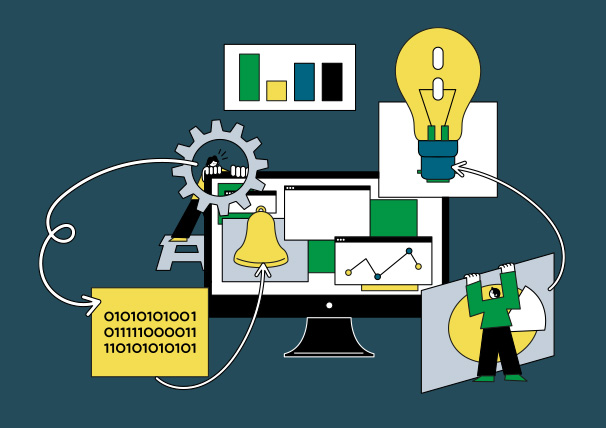Active Intelligence Executive Insights
A view to achieving informed action
James Fisher
Chief Product Officer, Qlik
Welcome to the second edition of our Active Intelligence Executive Insights. In this short video, James Fisher, Chief Product Officer at Qlik, explains what we mean by Active Intelligence and introduces the topics we discuss in this year’s issue.

In This Issue
-

Professor Hannah Fry
Professor in the Mathematics of Cities, UCL
Professor Hannah Fry examines the benefits of bringing together the best of humans and machine automation.
-

Thomas H. Davenport
Professor of IT & Management, Babson College
Thomas H. Davenport explains how organizations can act smart with data, and the process, culture change and technical steps required to achieve Active Intelligence.
-

Professor Sally Eaves
Senior Policy Advisor, Global Foundation for Cyber Studies and Research
Professor Sally Eaves explains the importance of building an agile approach to insights and decision-making to inform smarter actions in a constantly changing world.
-

Thomas H. Davenport
Professor of IT & Management, Babson College
Organizations fighting modern slavery are using data analytics to co-ordinate vital prevention strategies, as Thomas H. Davenport explains.
-

Juan Martinez
Senior Editor, Harvard Business Review
Data consolidation and integration turned the maker of Tommee Tippee baby bottles into an analytics powerhouse, says Juan Martinez.
-

Matt Quinn
Chief Technology Officer, CarGurus
Joe DosSantos, Chief Data Officer at Qlik, speaks to Matt Quinn, CTO of CarGurus, about the car dealer’s digital transformation journey.
Meet the Authors
Professor Hannah Fry
Hannah Fry is Professor in the Mathematics of Cities at the Centre for Advanced Spatial Analysis at UCL. She is a best-selling author, award-winning science presenter and the host of popular podcasts and television shows. Hannah writes for the New Yorker, and her book Hello World – How to be human in the age of the machine won the 2020 Asimov Prize.
Thomas H. Davenport
Thomas H. Davenport is a Distinguished Professor of Information Technology and Management at Babson College, visiting professor at Oxford's Saïd Business School, Fellow of the MIT Initiative for the Digital Economy, and senior advisor to Deloitte's AI practice. He writes for Harvard Business Review, Sloan Management Review, Forbes, and the Wall Street Journal.
Professor Sally Eaves
Professor Sally Eaves is Senior Policy Advisor and Chair of the Cyber Trust at the Global Foundation for Cyber Studies and Research. She is also CEO of Aspirational Futures, which enhances inclusion, sustainability and diversity in education and technology. Her new book, Tech for Good, will be published this year.
Juan Martinez
Juan Martinez is a Senior Editor at Harvard Business Review. His writing and commentary have been featured on ESPN, Esquire, Harvard Business Review, NBC News, Fox Business, Entrepreneur, Reuters TV, Publishers Weekly, ClickZ, and ZDNet. He has a masters degree in creative writing from Columbia University and a bachelors degree from Bard College.
Matt Quinn
Matt Quinn joined CarGurus as Chief Technology Officer in January 2022, having worked in the Boston technology scene for over 25 years. Formerly Vice President of Engineering at small business referral network Alignable, he’s also led large development teams at Vistaprint, Amazon and Audible. He holds a Master’s of Science in Management from Emmanuel College and a B.A. in Mathematics and Computer Science from the College of the Holy Cross.

How Active Intelligence Works


Illustration that describes how Active Intelligence works. The process starts with raw data. Stage 1 - Free It: descriptive text. The data integration begins in this step. Stage 2 – Find it: descriptive text. This step focuses on data integration and data analytics processes. Stage 3 - Understand it: Descriptive text. This step includes both data integration and data literacy processes. Stage 4 Action it: Descriptive text. This final step of the process is enabled by both data analytics processes and data literacy. The end result of these 4 stages of Active Intelligence is informed action.
Active Intelligence in Numbers
Unlocking data for analysis
The first step is to take raw data from different sources and continuously deliver it to where it needs to be, reflecting changes in real-time. For many organizations, this isn’t happening.
Transforming data for trusted insights
Transforming raw data, while preserving lineage and assuring governance, unlocks opportunities for analysis. But ensuring that data sets are correct and not incomplete are still challenges for organizations.
Uncovering richer intelligence
Executing data analytics well is the key to uncovering richer insights for decision-making. But there are a number of areas that are acting as barriers to organizations achieving this.


Taking informed actions
Organizations are still striving to translate data into business value. Moving towards a culture of informed action will enable them to make every moment count. Those who have already taken this step are seeing the benefits.

Achieving business outcomes from Active Intelligence
Organizations need to implement an intelligent analytics data pipeline, where information flows continuously into everyday processes. This optimizes every business moment through informed action, accelerating business value.
Learn More About Active Intelligence
-
 Resource
ResourceActive Intelligence
-
 BLOG
BLOGQlik Active Intelligence Blog
-
 EBOOK
EBOOKCapture the Moment with Action-Oriented Analytics
“Active Intelligence in Numbers” Source Credits:
“Data is the New Water: The Importance of Investing in Data and Analytics Pipelines”, conducted by IDC on behalf of Qlik, February and March 2020
“The Journey to Becoming Data-Driven: A Progress Report in the State of Corporate Data Initiatives”, conducted by New Vantage Partners, January 2021



